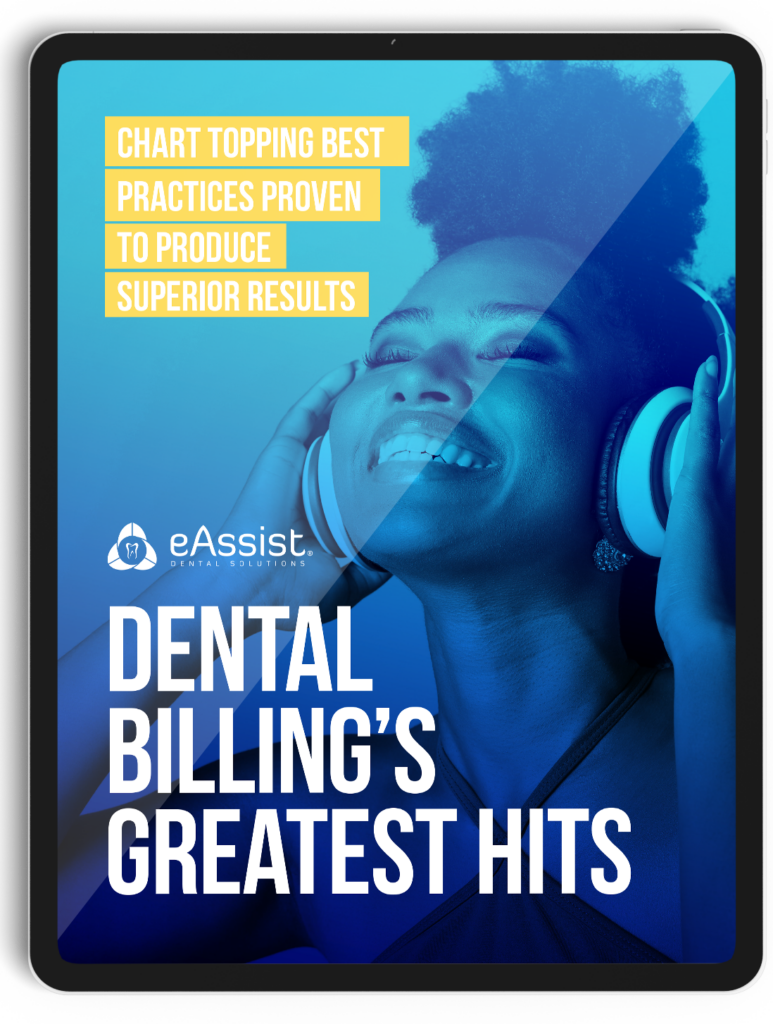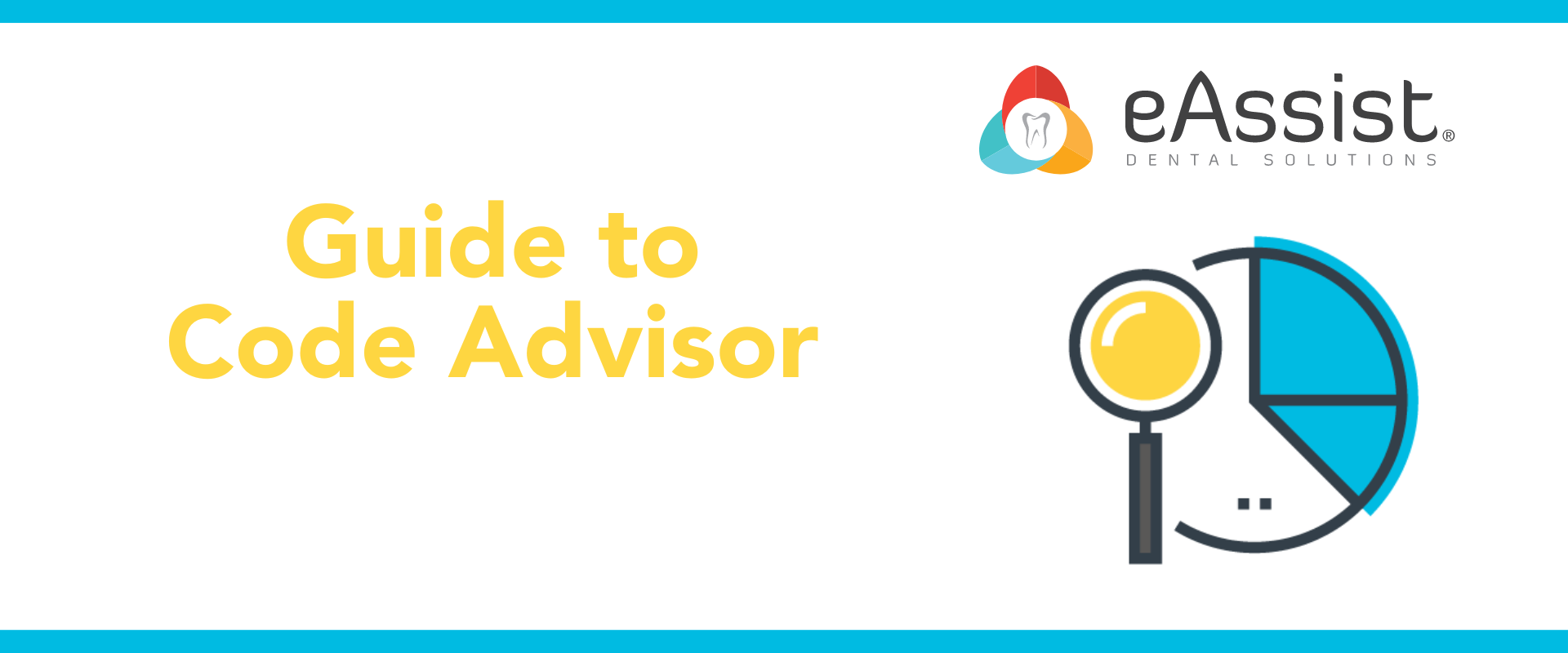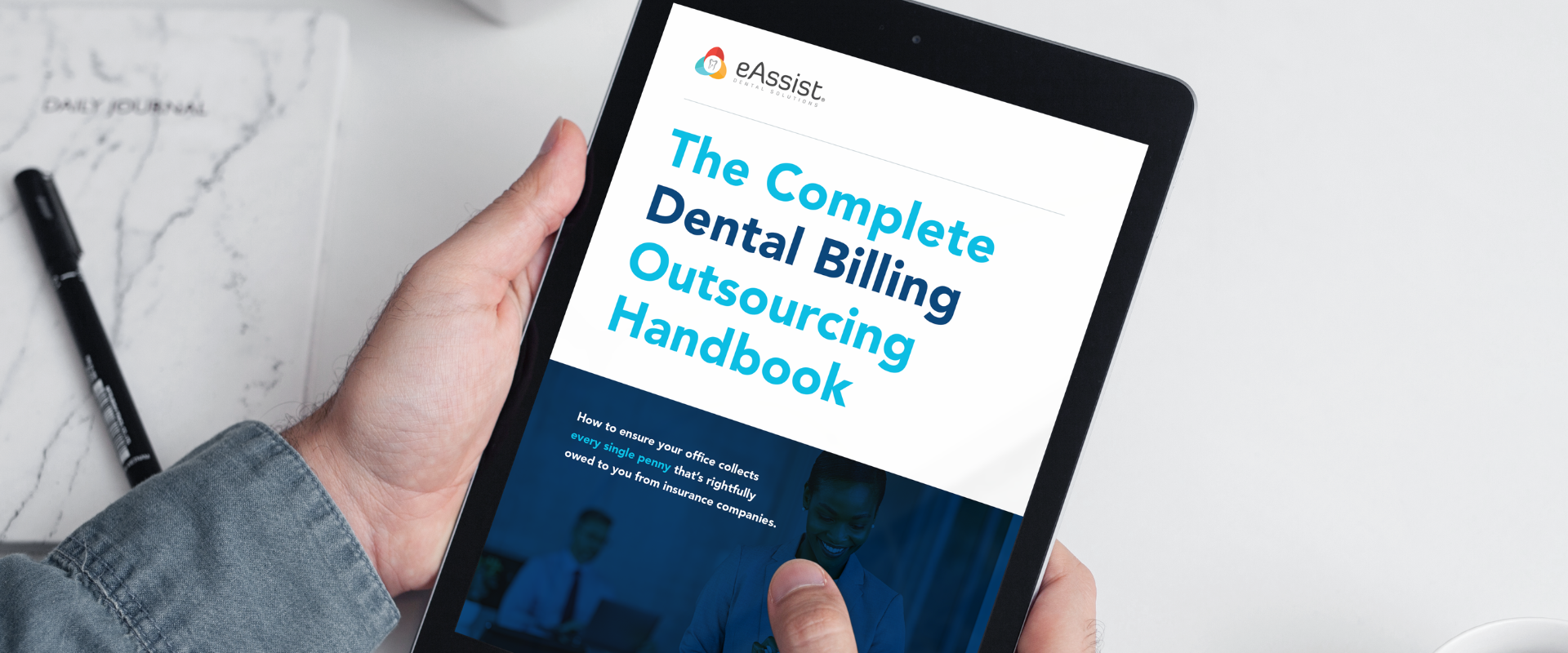Do you ever wonder what goes into the dental billing process from start to finish? We have broken down the process into 8 simple steps to help you gain a better understanding of it. Every step plays a significant role in the process, despite appearing insignificant. Although every dental office may have its own individual approach, these steps are vital in guaranteeing an effective dental billing process and maximizing your income.
Step 1: Intake call
The first step is when the patient calls to schedule their appointment. In this stage, it is very important for the office to gather as much info from the patient before they come. For example, the office will want to make sure they collect the patient’s insurance information as well as their demographics. This would include the patient’s name and dob along with the insurance ID and group number and the subscriber’s name and date of birth (DOB). This way they can verify the patient’s benefits before they get there.
Step 2: The patient visits the office
After the intake call, the next step would be when the patient visits the office for their scheduled appointment. This step is self-explanatory but nonetheless very important as the work completed during this visit will set the tone for the claims process that follows.
Step 3: The office enters procedures completed into the patient’s ledger
Once the patient’s appointment is over, the dental assistant will document the completed procedures in the patient management system (PMS) of the office for record-keeping purposes. The responsibility of completing this task may differ from one office to another, as it could be assigned to the dental assistant, front desk staff, or any other staff member at the office’s discretion.
Step 4: The insurance specialist creates and sends the claim to insurance
After the doctor/hygienist has approved the clinical notes and all necessary procedures have been recorded in the patient’s ledger in the PMS, the insurance specialist can begin processing the claims. The insurance specialist will create the claim using both the clinical notes and the procedures completed. This helps the insurance specialist to build a narrative for the claim. If required, the insurance specialist will also include any images needed to support the claim to the patient’s insurance company.
The narrative and the requirement of images vary by insurance agency and by the procedures completed on the patient. It is the responsibility of the insurance specialist to stay up to date on each patient’s insurance policy and codes to ensure that the work is submitted accurately on the first attempt. Any errors during the claims submission process may result in delays in receiving payment from the insurance agency.
Step 5: The insurance specialist follows up on unpaid claims
If there is no payment from the insurance company 30 days after the claim is sent, the insurance specialist will begin the research process on that claim. This step is very important because there are some occasions where the insurance company may not have ever received the claim in the first place. The insurance specialist will pull a report in the PMS allowing them to see all open claims in the 30 days or more category.
They will then go one by one researching each claim and contacting the respective insurance agencies to check on the status of the unpaid claim. This can involve timely processes such as resubmitting claims or going as far as appeals. Insurance specialists also spend countless hours on the phone each day whether on hold or speaking with an insurance representative to check on the unpaid claim status. In most cases, insurance companies will process and pay the claim within 30 days. However, there are a few reasons why the insurance agency might not pay within the 30-day timeframe:
- They’re delayed in processing
- They’re missing information
- They’ve denied it
- They never received the claim for whatever reason
The recommendation would be to continue follow-ups every 2 weeks until the claim is paid.
Step 6: Insurance pays on the claim
Once insurance processes the claim, they send an explanation of benefits (EOB) to the office. The Insurance specialists will then post the payment to the patient’s ledger in the PMS. This will then close the claim. A patient specialist would then take over to notify the patient of any remaining balance by sending them a statement.
Step 7: After 30 days, the patient specialist will follow up on any unpaid statement balances.
If after 30 days and still no payment from the patient on the remaining statement balance, the patient specialist will begin following up with each patient. Similar to the insurance specialist, the patient specialist can pull a report from the PMS and individually check with each patient on their unpaid statement balances. From here on, the recommendation would be to continue collection efforts every 30 days.
Step 8: The patient pays the remaining statement balance
Of course, the final and last step in the process is when the patient pays the remaining balance. This is the best step in the process – when insurance has paid, the patient has paid, and the process is over! For some patients, this process could be as little as 30 days (or less) in total. For others, it could take months or longer to receive payment either from insurance or the patient.
Each step in the dental billing process is integral to the overall success of a dental office. One wrong move in one of these steps has the potential to cause a significant delay in receiving payment either from the insurance company or the patient.
This is why it is of the highest importance to have an expert for your office handling all areas of dental billing. Whereas it can be a complicated and time-consuming process for each patient, your office doesn’t have to carry that weight alone. Here at eAssist we have the dental billers specializing in each step to ensure that your office receives 100% of what you are rightfully owed, leaving you to focus on what matters the most – your patients! Schedule a chat below to learn more about how eAssist can help you maximize your income.











0 Comments